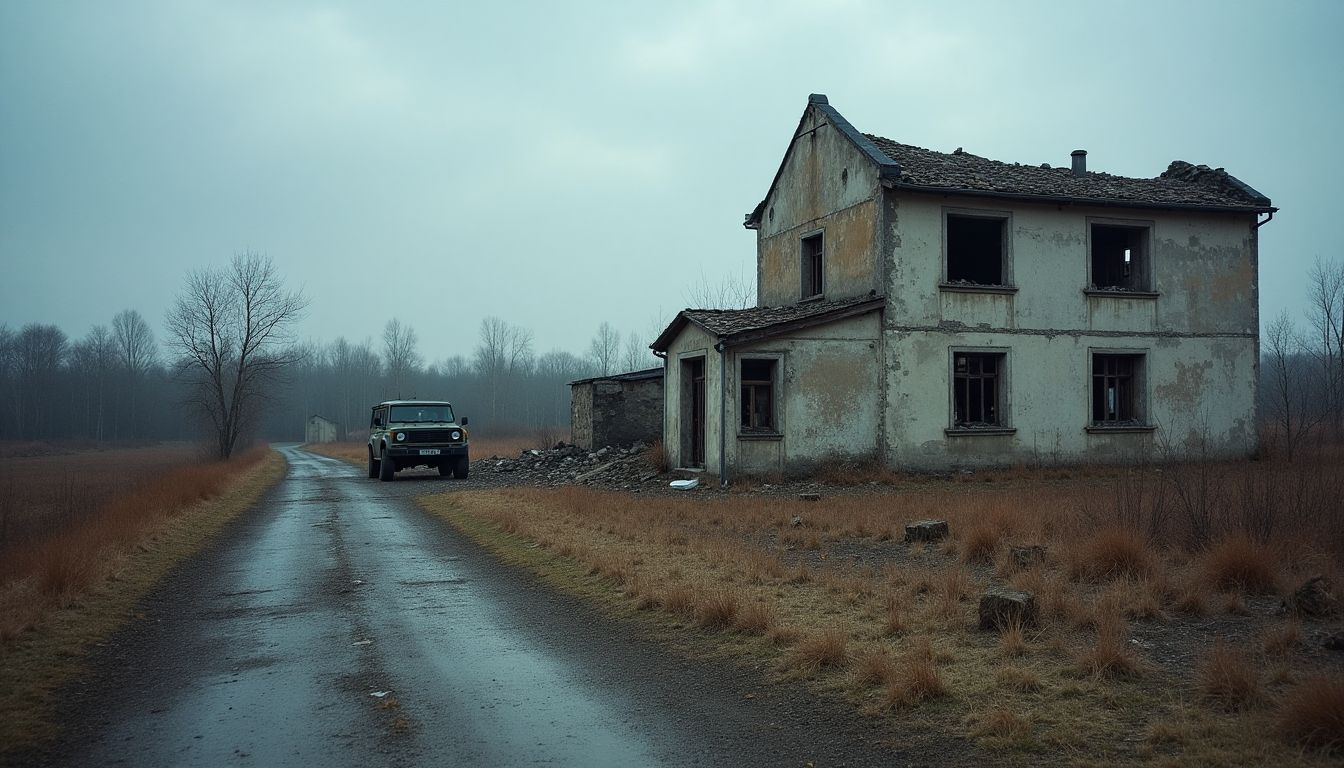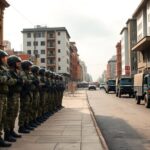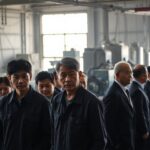Table of Contents
As we mark day 1,247 of Russia’s military operations in Ukraine, the conflict has reached a pivotal moment. With ongoing territorial gains and complex diplomatic maneuvers, the situation remains anything but straightforward. Recent reports highlight significant developments, particularly in the eastern regions of Ukraine, where Russian forces have reportedly taken control of key villages in the Donetsk area.
What does this escalation mean for Ukraine and the international community in the long run?
The Current Military Situation
According to the Russian Ministry of Defence, troops have taken control of the villages of Zvirove and Novoekonomichne. However, these claims await independent verification.
The focus of these military operations appears to be on establishing buffer zones along the Ukrainian border. Kremlin spokesman Dmitry Peskov has stressed the importance of these maneuvers, suggesting they are vital to Russia’s strategic interests in the region.
But how do these developments reshape not just the immediate conflict but also the broader picture of regional stability?
In light of these military advancements, Ukraine’s leadership is reassessing its strategies. President Volodymyr Zelenskyy has proposed draft legislation aimed at restoring the independence of the National Anti-Corruption Bureau (NABU) and the Special Anti-Corruption Prosecutor’s Office (SAPO).
This move follows public backlash against efforts to undermine these institutions, serving as a reminder of the ongoing tension between governance and external pressures amid conflict. How will these changes impact Ukraine’s ability to navigate the challenges ahead?
Diplomatic Developments and International Reactions
The diplomatic landscape is equally intricate, with talks of a possible meeting between President Zelenskyy and President Vladimir Putin. A Ukrainian official hinted at a proposed meeting in August, but the Kremlin has expressed doubts about whether such discussions could take place anytime soon.
This uncertainty highlights the ongoing struggle to achieve a ceasefire, especially given the entrenched positions of both sides. Will any meaningful dialogue emerge, or are we stuck in a cycle of stalemate?
On a broader scale, the European Union is urging China to leverage its influence over Russia, encouraging it to consider a ceasefire. European Commission President Ursula von der Leyen emphasized this point after her meeting with Chinese President Xi Jinping, indicating the EU’s strategic aim to involve major global players in mediating the conflict. The interplay of international relations and local dynamics continues to shape the course of the war—could these efforts lead to a breakthrough in peace talks?
Economic Implications and Future Considerations
The economic consequences of the conflict are becoming increasingly significant. Andriy Pyshnyy, the Governor of Ukraine’s Central Bank, announced ongoing discussions with the International Monetary Fund (IMF) regarding a new lending program. Currently, Ukraine operates under a four-year lending agreement worth $15.5 billion with the IMF, set to expire in 2027. With approximately $10.6 billion already disbursed, the future of this financial support is critical for Ukraine as it grapples with the economic challenges stemming from the war. How will these financial dynamics influence Ukraine’s recovery and stability?
As the conflict unfolds, it’s crucial to keep an eye on military, diplomatic, and economic developments that will shape the future of Ukraine and the wider region. The interplay of these factors will play a key role in determining not just the immediate outcomes of the war but also the long-term prospects for peace and recovery. What does the future hold for Ukraine, and how can the international community contribute to a more stable landscape?





